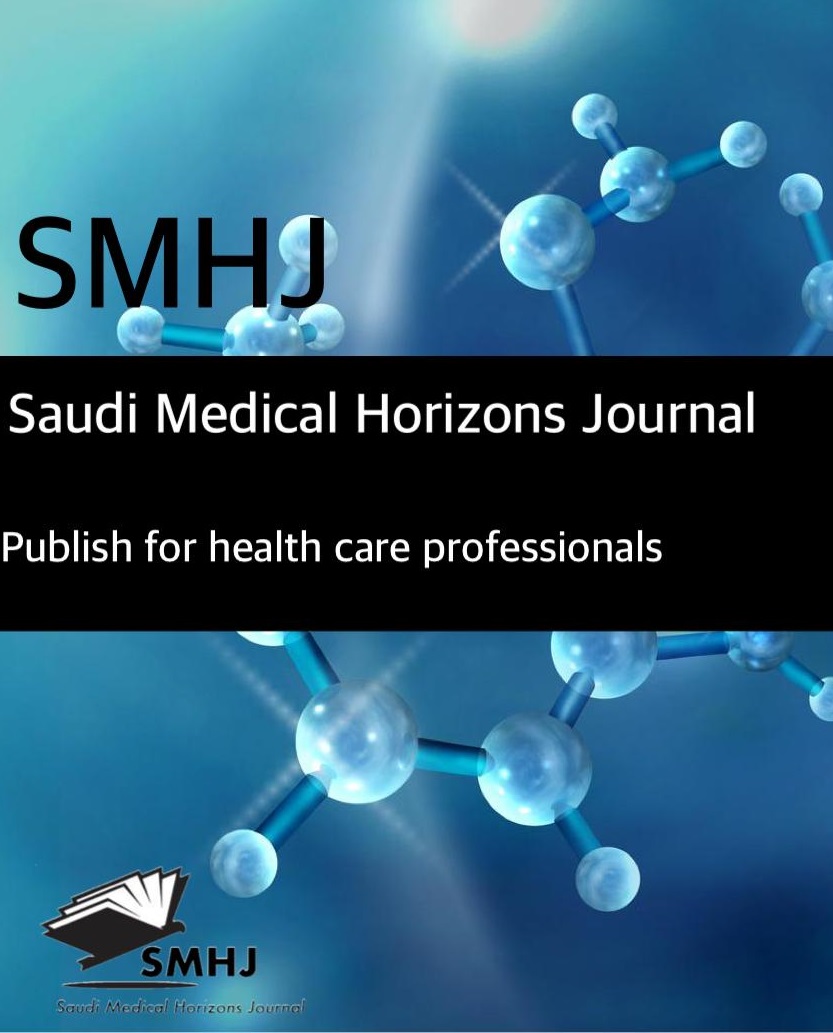Does Mode of Delivery Affect the Incidence of Pelvic Organ Prolapse? A Systematic Review
DOI:
https://doi.org/10.54293/smhj.v5i2.151Keywords:
Pelvic organ prolapse; Mode of delivery; Cesarean section; Vaginal delivery; Systematic review.Abstract
The study aim is to analyze research on the link between delivery mode and pelvic organ prolapse (POP). A thorough search across four databases identified 416 relevant publications. After removing duplicates using Rayyan QCRI and screening for relevance, the search yielded 193 publications, of which 78 full-text articles were reviewed, and 6 met the eligibility criteria for evidence synthesis. This review analyzed six studies encompassing 11,790 women. The prevalence of POP varied widely, from 3.5% to 51.3%. Across all studies comparing vaginal and cesarean deliveries, vaginal birth consistently demonstrated a higher association with POP, reinforcing its role as a significant risk factor. Vaginal delivery was associated with increased pelvic muscle strain and tearing, contributing to prolapse, while cesarean section (CS) provided some protection against advanced-stage POP postpartum. However, cesarean birth was also linked to potential long-term pelvic muscle dysfunction. Vaginal delivery was identified as a major risk factor for anterior vaginal wall prolapse, with additional contributors including sphincter damage, perineal tears, prolonged labor, and assisted delivery. This review highlights vaginal delivery as a major risk factor for POP, while cesarean section appears to offer some protective benefits. However, due to the potential risks of cesarean birth, a balanced approach to delivery planning is essential. Future research should investigate long-term pelvic floor outcomes and preventive measures to reduce prolapse risk while ensuring maternal and neonatal well-being. Clinicians should incorporate these insights into patient counseling and postpartum care to promote better pelvic health.
Downloads
Published
How to Cite
Issue
Section
License
Copyright (c) 2025 Saudi Medical Horizons Journal

This work is licensed under a Creative Commons Attribution 4.0 International License.



